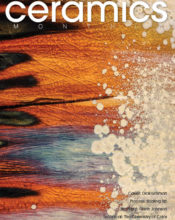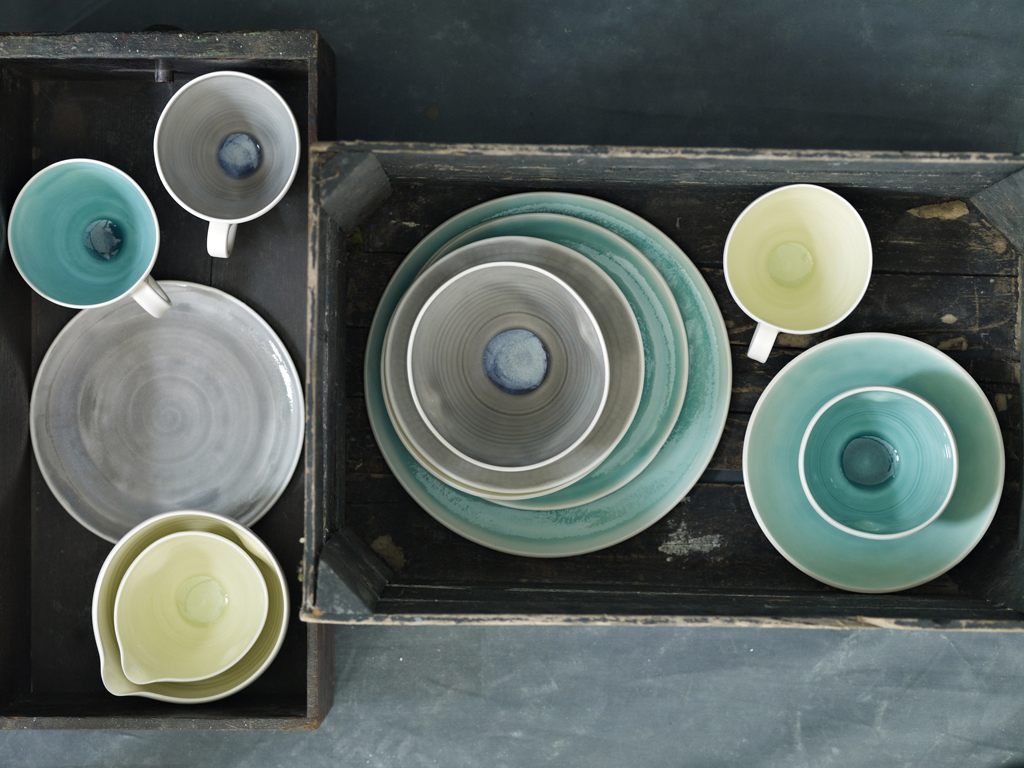
Do you want to learn how to make your own glazes and understand what each material does in a glaze?

I will be teaching a number of glaze workshops in 2023. We will be making glaze tests in your chosen base glaze: glossy, matt, crystalline or crater, adding colouring oxides and discussing the fired results as well as learning what each material does in the glaze and how to adjust the glaze and correct defects.
21-22 January The Clay Garden Hammersmith
4-5 February Forest Row School of Ceramics East Sussex
18-19 February The Clay Garden Hammersmith
10-12 March La Mine Atelier Paris
24-25 April Studio Pottery London Victoria, London
5-7 and 12-14 May Cowork Art Centre Malaga, Spain
25-26 May Cultivator Cornwall, Camborne Contemporary Crafts hub, Cornwall
24-25 June RAMP Ceramics Silverton, Devon
12-13 August London Potters Cernamic Studios, Stoke Newington
16-17 September Nottingham Ceramics School Nottingham
9-10 October Atelier Luciana Cravo Lisbon, Portugal
11-12 October Ceramista Shop Oeiras, Portugal
Suitable for beginners, professional potters and ceramic artists. Contact the studios to book a place.






